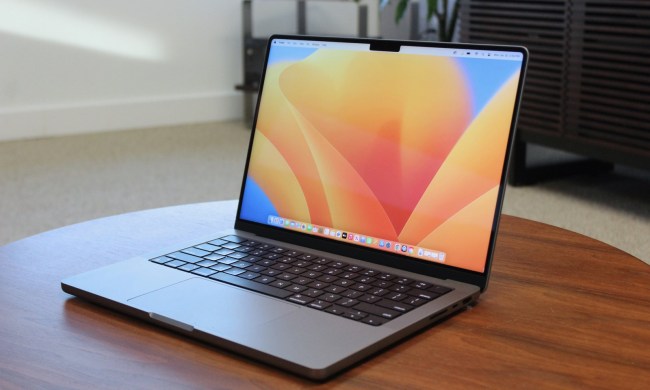
The latest version of MacOS High Sierra is out, and with it arrives support for Messages in iCloud. Apple’s update arrives just days after the release of iOS 11.4 for the iPhone, iPad, and iPod Touch that introduced the same feature. You can now essentially store all messages and related attachments in Apple’s cloud, which automatically appear on all of your Apple devices if logged into the same iMessages account.
To activate this feature in MacOS, open the Messages app and navigate to Messages > Preferences > Accounts > Enable Messages in iCloud.
To activate this feature on iOS, open the Settings app and navigate to [your name] > iCloud > Enable Messages in iCloud.
When turned on, this feature will allow you to read all messages sent from all Apple devices no matter if it’s a MacBook or an iPhone X. That also means if you delete a message, it’s gone for good: There’s no backup stored on your other Apple devices.
According to Apple, this cloud-based feature aims to free up space on your devices. But there’s a drawback: Your messages are stored in Apple’s cloud. Thus, if a hacker breaks into your iCloud account, theoretically he/she will have access to your private messages and attachments. But don’t worry — Apple says your messages are encrypted from end to end.
Outside the new Messages in iCloud feature, MacOS High Sierra 10.13.5 improves “stability, performance, and security.” Also on the short list are two changes for the enterprise: Variables in SCEP payloads that now expand properly, and a fix for configuration profiles containing a Wi-Fi payload and SCEP payload. Apple provides a second security-based list of notes here.
To get the latest version of MacOS, open the App Store, click on the Updates button at the top, and wait a moment for the app to catch up with Apple. If you don’t see High Sierra 10.13.5, you might need to install incremental security updates before Apple pushes the latest High Sierra build to your device.
MacOS High Sierra 10.13.5 arrives just days before Apple’s developer conference next week. We expect to see iOS 12 along with ARKit 2.0, the company’s platform for augmented reality apps served up on iOS. Other platforms expected to make an appearance include Watch OS 5, tvOS 12, and possibly MacOS 10.14.
Apple is also expected to spend time discussing how it will bring iOS and MacOS closer together without combining the two platforms. If anything, Messages for iCloud does just that: it brings a unified messaging experience to MacBooks and iPhones alike. Apple CEO Tim Cook even previously said customers don’t want iOS and MacOS merged into one platform.
Meanwhile, what you may not see during the show are new devices, as the conference will supposedly focus strictly on software, not new software running on new hardware. Apple’s MacBook portfolio isn’t expected to receive an upgrade until late 2018 — the same timeframe Apple will likely introduce its next iPhone(s) and MacBook Air laptops.


